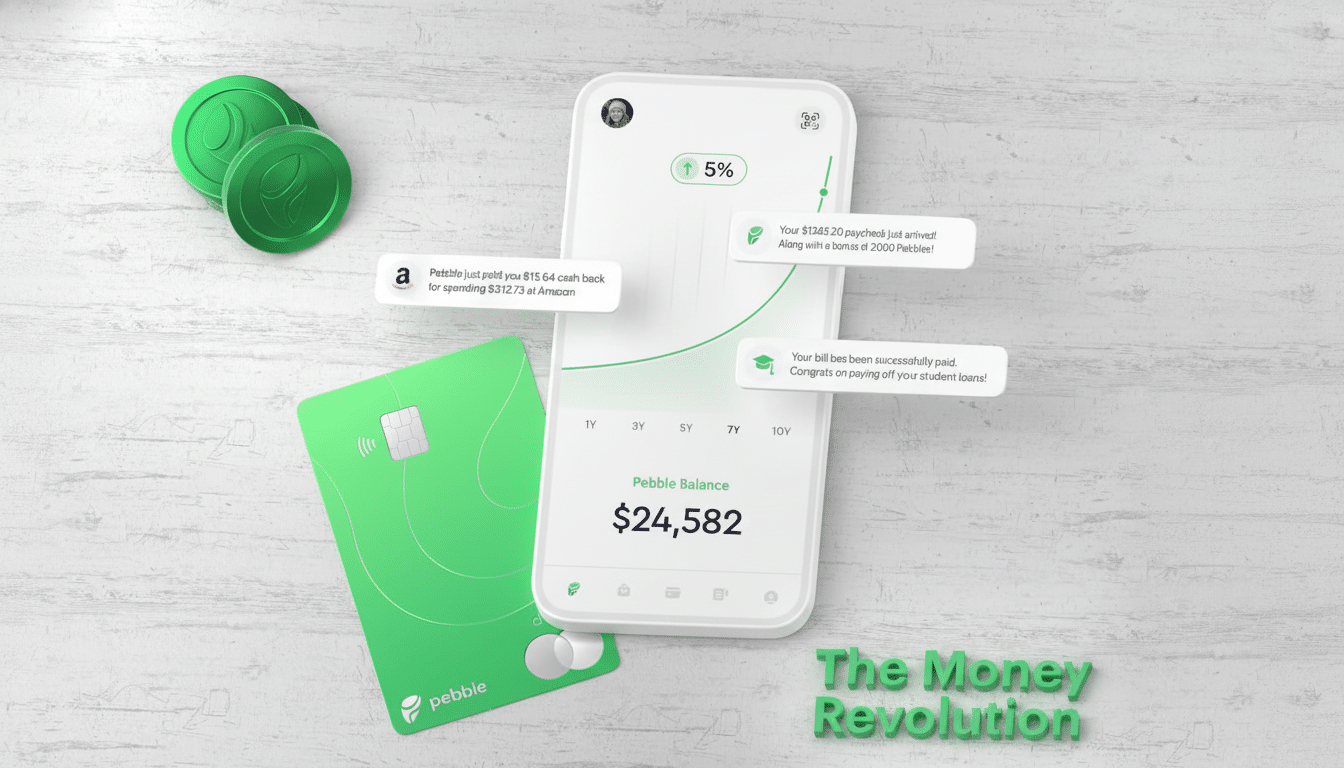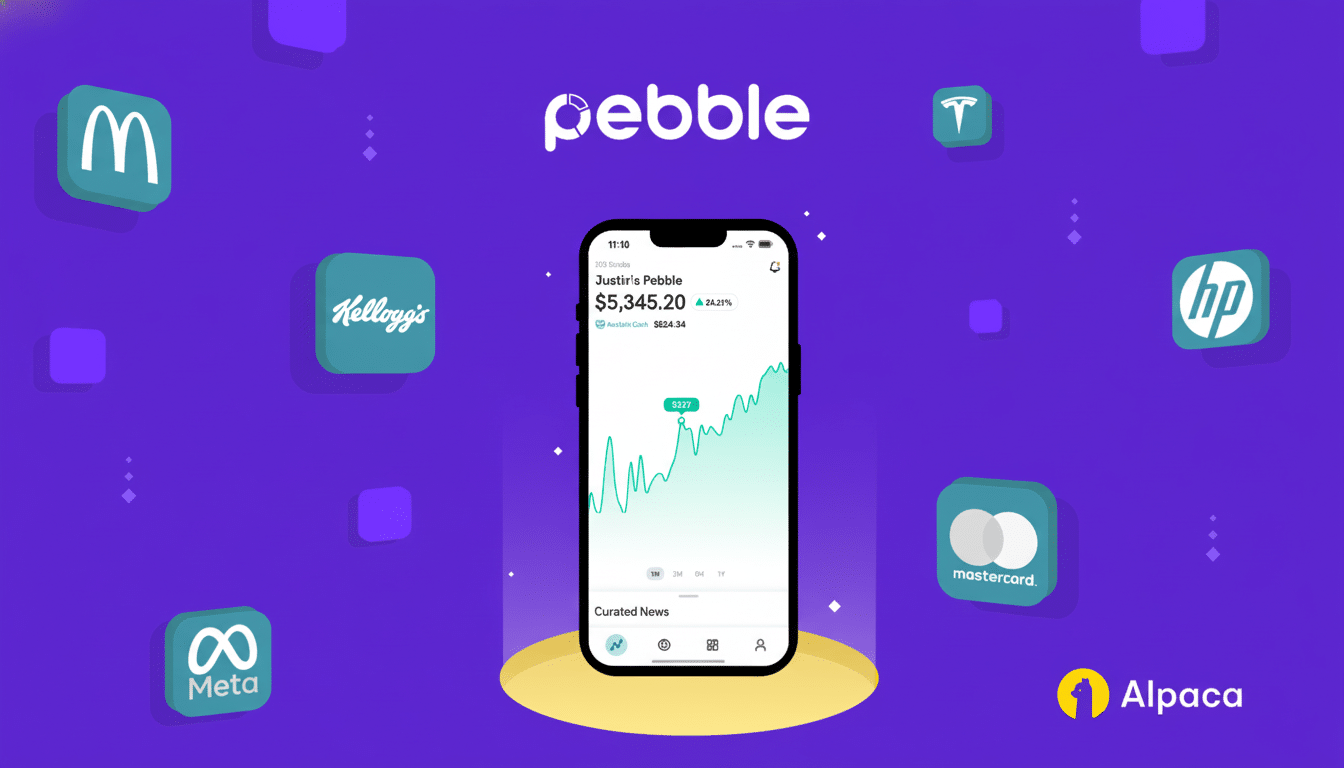Pebble’s return as a functioning smartwatch is accelerating further now with the official relaunch of its app in the App Store and on Google Play after stripping it down in order to avoid having it rejected by Apple.
The reborn version of Pebble’s companion app will offer legions of existing customers straightforward setup (including a built-in how-to), notifications, improved messaging when more storage space is required while trying to install apps over Bluetooth, and reactivated access to the Taiwan-based watch face catalog where users can “drive fresh developer interest around our classic watches,” explains product manager Kevin Valdek on Medium.

It’s a pragmatic milestone that pushes Pebble from a nostalgia project to a genuinely viable, mainstream option once more.
The updated app pulls in a library of around 2,000 apps and over 10,000 watch faces — many saved by users — that are now assembled under Pebble’s wing. Owners also don’t have to struggle through sideloading workarounds or search for tools that can pair with modern phones.
Why This Relaunch Is So Important For Pebble Owners
Following Pebble’s closure and the cessation of official services, diehard users turned to community efforts like Rebble to keep their devices running. Those were helpful efforts, but newcomers could find the onboarding process mysterious. By returning to the Apple and Google stores, Pebble eliminates friction and ensures basic functionality — such as making sure simple alerts work even under new notification rules, or enabling Bluetooth connections — that users rely on will always be there.
This also helps instill confidence for people buying the new models. A watch is only as good as the phone software backing it; an officially listed companion app means stability, reliability, and a roadmap for updates to come.
What You Get From The New Pebble Companion App
Pairing, notifications, watch face and app browsing, firmware updates — all generations are supported by the app. Many older apps are compatible as is, Pebble says, and an option to upscale older content makes them look better on recent hardware with larger screens. Purists can maintain the original letterboxed look, and others can expand their screens to display classic faces — and utilities.
That balance is smart. It remains true to Pebble’s heritage — quick, at-a-glance apps powered by simple interfaces — but with an eye toward new screens and a modern UX. Consider the staples — weather, calendars, timers, and fitness basics — all made to be glanced at, with a low enough battery hit.

Hardware Recovery And Early Shipments Underway
Two “Pebble-like” devices, which would eventually regain the brand names Pebble 2 Duo and Pebble Time 2, were launched at the restart by one of Pebble’s cofounders, Eric Migicovsky. The company says it’s in production already, and has a first run of 2,960 Pebble 2 Duo devices in white under its belt, with black next. The first preorder customers have started to receive their devices.
The hardware continues the Pebble winning formula of lightweight builds, always-on displays, and multi-day battery life (which many OLED smartwatches will struggle to match). All of which brings us back to Pebble’s original brand of endurance — the thing that still sets it apart in a market filled with more features but also more frequent charging.
Pebble’s Ecosystem Gets A Second Life With Apps
The app’s relaunch also serves as a homecoming for thousands of community-built creations. Many of these were preserved after the original store went dark, and are now released back into an official catalog. For developers, that means a sharper audience and easier distribution; for users, it’s one tap to install those old favorites that still zip along nimbly on an e-paper display.
The quiet achievement is compatibility here. Stable Bluetooth connections, reliable delivery of notifications, and smooth updates on the current iOS and Android stacks are not easy tasks. The result is fewer connectivity hiccups, less permissions fiddling, and a more consistent experience across phones from Apple, Samsung, Google, and others.
Where Pebble Lands In A Crowded Smartwatch Market
Analysts point out that Apple and Samsung dominate the smartwatch space, with an increasing number of endurance brands attracting followers. Pebble’s pitch is decidedly focused on long battery life, snippetized data delivery, and an open-leaning app culture that values utility over spectacle. That positioning isn’t meant to, and doesn’t, replace a flagship smartwatch; it is instead trying to offer a peaceful, longer-lasting alternative.
If Pebble can scale up manufacturing, keep its catalog of smartwatches fresh, and preserve the friction-free phone interface it just recaptured, the comeback has legs. The iPhone and Android apps are more than a checkbox on a checklist; they’re the connective tissue that makes a beloved gadget feel like it’s finally living again.
Background: Pebble closed the doors on its original business after Fitbit acquired its technology and official cloud services came to an end. The new venture combines that inheritance with community stewardship and rethought hardware, resulting in a rare second act in wearables.

